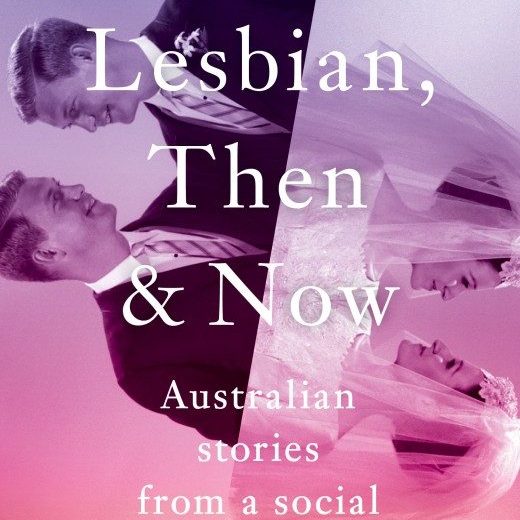 Sweeping two continents, this period tale begins in 1834 and follows the life and loves of Irish peasant lass Mary O’Connor.
Sweeping two continents, this period tale begins in 1834 and follows the life and loves of Irish peasant lass Mary O’Connor.




Sweeping two continents, this period tale begins in 1834 and follows the life and loves of Irish peasant lass Mary O’Connor. At age 15, Mary is wrongfully accused and convicted of petty theft and sentenced to transportation to the dreaded colony of New South Wales, never to return to her beloved homeland again.
After three years of incarceration in Ireland, alongside prison-mates with the gloriously Gaelic names Siobhan, Sinead, Niamh and Roisin (as well as the crazed Deidre who wants her dead and who seems to somewhat inexplicably follow her throughout the story), Mary boards the ship ‘Margaret’ – where she meets the striking, bold and confident Maggie.
Maggie is everything that the shy and quiet Mary would like to be. The two become firm friends and before long Mary has fallen head over heels in love. They share a secret kiss and Mary begins to hope and dream of a life together once they reach Australia, but upon arrival in the colony, Mary and Maggie are separated. Mary isheartbroken, and despite striking up friendships with fellow convicts and loving couple Annie and Isabella, she yearns for Maggie and desperately hopes to find her love again one day.
But finding Maggie is not what Mary had hoped it would be, as the secretive Maggie is hiding something that threatens to destroy Mary completely. Will this be the end of Mary’s hopes for love and happiness, or is there more in store for the shy young convict girl?
While this novel may lack sophistication in its language and maturity in the writing, it more than makes up for this with an enjoyable plotline, engaging characters and interesting attention to historical detail. The horrors of the early 19th-century penal system are well researched, and the difficulties of life as a member of the poor and downtrodden class during this period in Irish and Australian history are deftly woven into this story.
Author Lizbian highlights, without dwelling on, the hardships that faced women who love women during a time when same-sex love would have challenged almost every socially accepted ‘norm’. In a time and place where heterosexual marriage was the societal expectation and single men outnumbered women six to one, Lizbian’s strong female characters defy the restrictions placed upon them as they set about finding their own small space to be together and express their love for one another.



